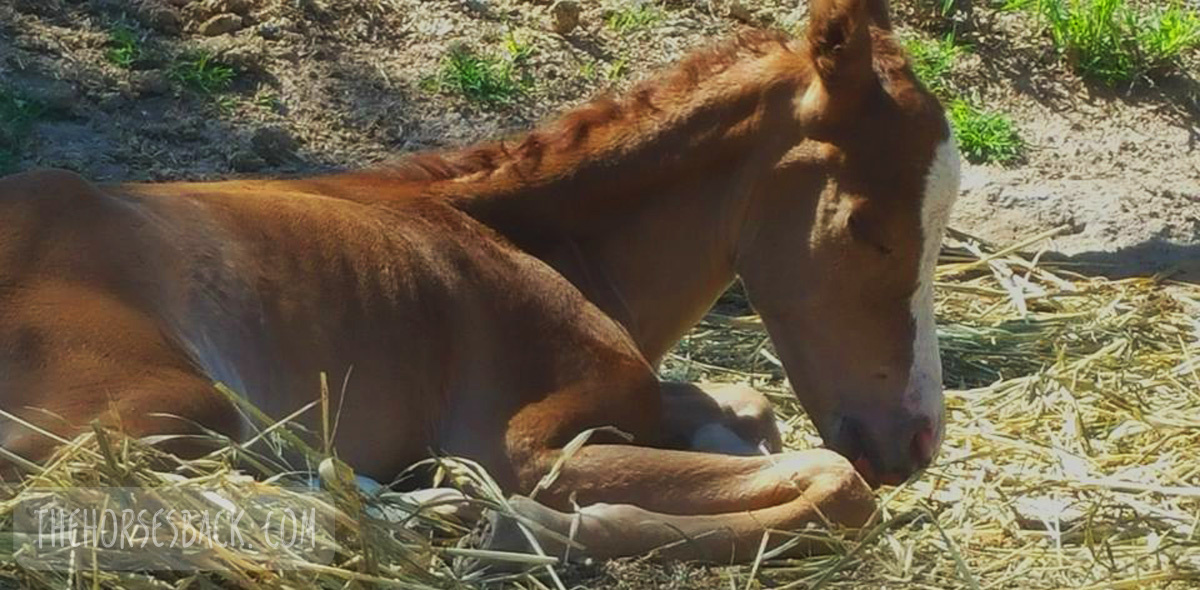
Were you around when your horse was born? If so, you’ll know about their neonatal health. If you weren’t, then understandably you don’t.
Your horse could have been a premature or dysmature foal and you might never, ever know.
Why is this a problem?
Well, anyone who’s been around me or reading my posts here over recent years will know that I’ve been researching the developmental issues experienced by premature and dysmature foals – or more specifically, the problems they carry forward into adulthood.
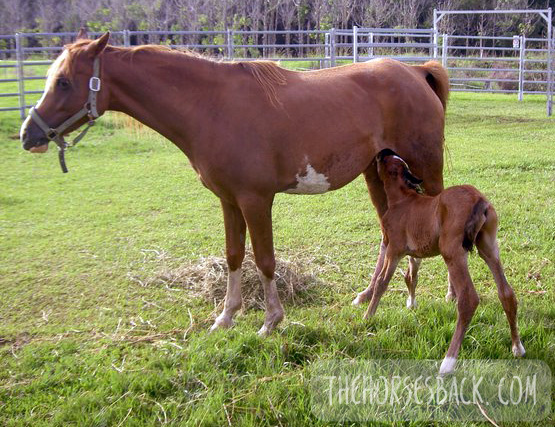 It’s an under-researched area, but I made some headway. Last year I was awarded my PhD for Beyond the Miracle Foal: A Study into the Persistent Effects of Gestational Immaturity In Horses.
It’s an under-researched area, but I made some headway. Last year I was awarded my PhD for Beyond the Miracle Foal: A Study into the Persistent Effects of Gestational Immaturity In Horses.
In my thesis, I included studies that showed some of the lasting developmental effects in some (not all) horses with a history of prematurity or dysmaturity at birth. (Many twins are dysmature, by the way. Fascinatingly cute, but frequently devastatingly dysmature.)
You see, a lot of gestationally immature foals don’t just ‘get over it’, catch up and become exactly the same as they would have been had they not had problematic gestations. Some do, but many don’t.
Here’s the lowdown from my own research – which I’m convinced is the tip of the iceberg.
© All text copyright of the author, Jane Clothier, https://thehorsesback.com. No reproduction of partial or entire text without permission. Sharing the link back to this page is fine. Please contact me for more information. Thank you!
Changes Linked to Prematurity and Dysmaturity
Conformation
Physically, they tend to have restricted distal limb growth and a more ‘rectangular’ conformation. I’ve published a paper on this in the peer reviewed journal, Journal of Equine Veterinary Science (JEVS).

Behavior
Owners indicated in a survey that affected horses tended to be more aggressive, active, intolerant and untrusting than closely related horses. This was more evident in the so-called ‘hotter’ breeds and in mares (no surprise on two counts there!).
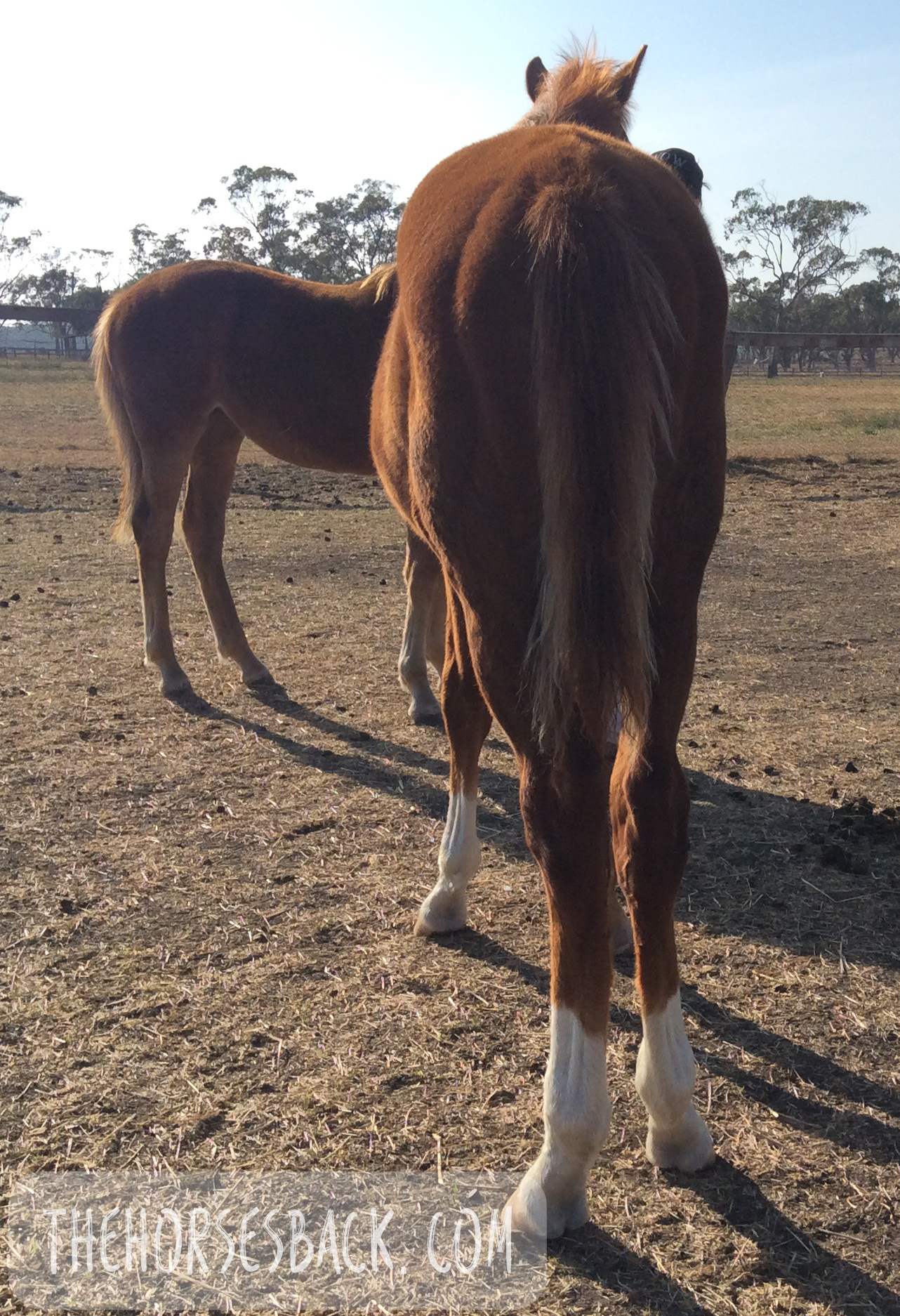 Orthopedic issues
Orthopedic issues
Angular limb deformities, a fairly common orthopaedic issue, can adversely affect these horses’ recumbent rest. This means that they find it harder to rest for the typical 20-30 minute bouts, a fact that could adversely affect valuable REM sleep. Again, I’ve published on this subject in JEVS.
Stress responses
When a low dose ACTH challenge was administered, these horses presented a lowered or heightened salivary cortisol response. In other words, they have a different adrenocortical response to stress to closely related horses. As the adrenalin and cortisol ratios are affected, they may stay stressed for longer after a stress event. Different stress responses can affect health, learning, training, and quality of life.
Developmental Programming
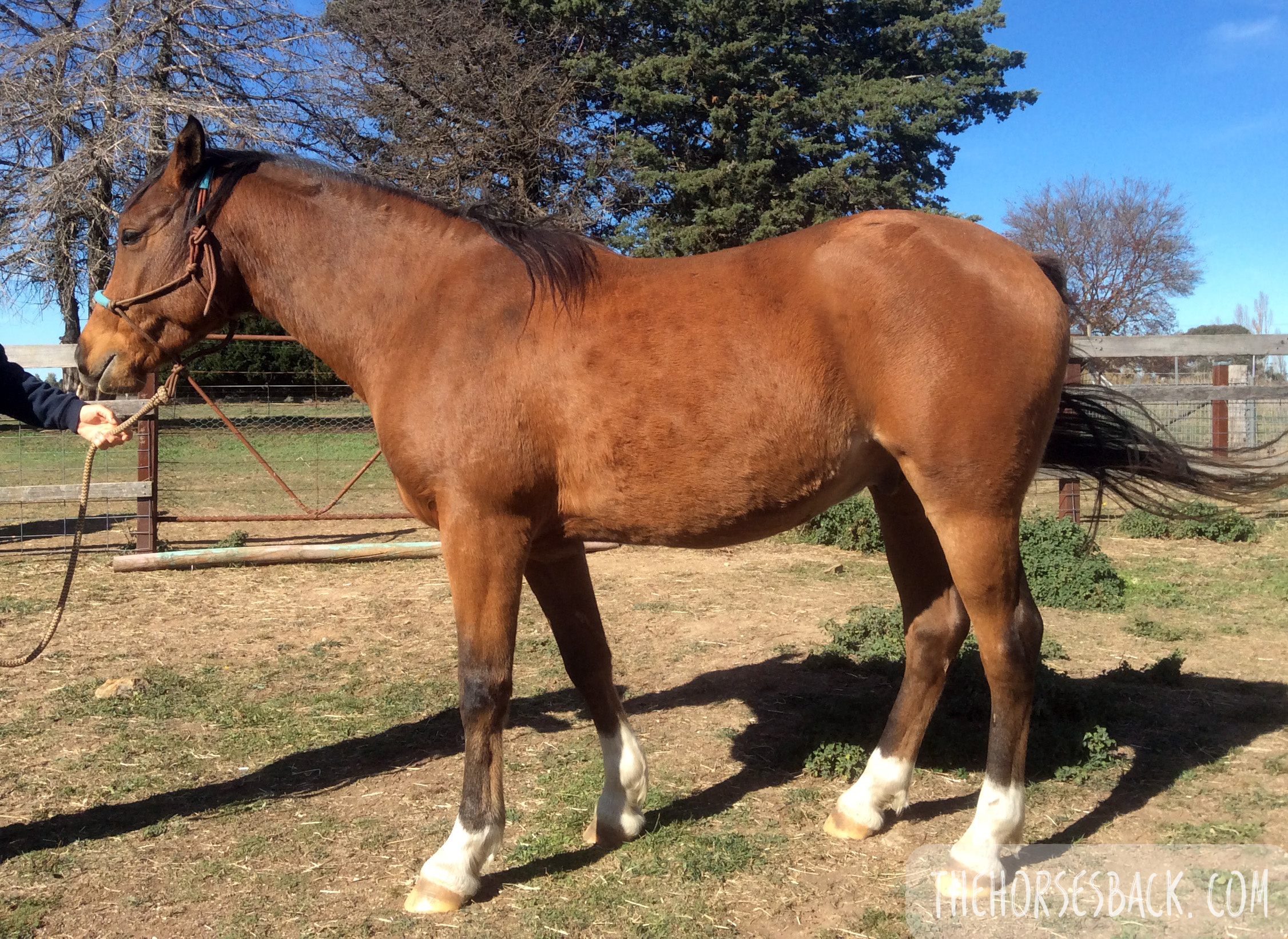 There’s more – a lot more. This is part of what’s known as Developmental Programming, or the Developmental Origins of Health and Disease (DOHaD).
There’s more – a lot more. This is part of what’s known as Developmental Programming, or the Developmental Origins of Health and Disease (DOHaD).
Previous researchers have established disorders including:
- differences in hypothalamic-pituitary-adrenal axis function,
- differences in pancreatic beta-cell function, and
- glucose metabolism, plus
- effects due to neonatal stress in pony foals (and clearly, weak or premature foals may experience neonatal stress, whether they are ill or not).
Don’t understand that? It doesn’t matter. All you need to know is that these studies already point towards pathologies such as kidney disease and Equine Metabolic Syndrome, plus a different physiological responses to stressors.
A Syndrome of Gestational Immaturity
In my view, there is definitely a Syndrome of Gestational Immaturity in horses.
By the way, gestation length on its own isn’t a good indicator of how badly a foal is affected, unless they’re extremely premature (here’s my paper on gestation length variability in the Australian Veterinary Journal).
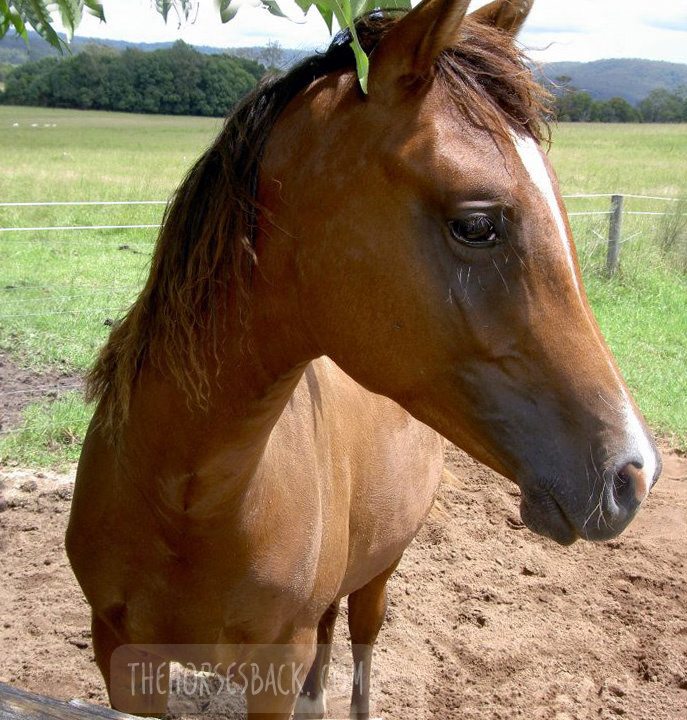 There’s a wide range of possible problems – some horses have some of them, other horses have others, and some have none at all. They’re individuals, while everything else in their experience and care makes a difference too.
There’s a wide range of possible problems – some horses have some of them, other horses have others, and some have none at all. They’re individuals, while everything else in their experience and care makes a difference too.
That’s how it is with syndromes. And right now, it’s all flying completely under the radar.
These are silent problems that are only recognized when they rear their proverbial ugly heads further down the line – if they are recognized at all. My heart aches for these horses and ponies, for many do not find life easy.
(c) Jane Clothier, The Horse’s Back.
Hello, I read your excellent article on neck threadworms via ECIR group. Impressed enough to join The Horse’s Back. Next article to arrive was on Premature and Dysmature Foals. It’s like you are speaking directly to me. My mare now 18 years old was born dead and I managed to give her CPR and bring her back to life. She weighed in at about 45 lbs, came about 10 days before her calculated due date, her dam dripping milk 10 days prior to delivery. I have quite a few photographs (not very good quality) of her first days and of course more as she grew up. She is with me still, has many problems all of which are documented in a journal, all the attempts to alleviate the conditions. I would say that she was a premature or dysmature foal and perhaps you would find even more information for your research by looking at her case. I have intensive records and photos I could forward to you – Frances
Frances, I could quite honestly weep. After 5 years of p/t research, itself a struggle to hold finances and work together, and then the battle to publish scientifically when so often the horses I’ve been looking at have only breeder records and not veterinary files, I have finally taken a deep breath before starting to post about this topic. I desperately want to continue researching so we can help these little guys can have a stress-free future (or recognise when they can’t, which is equally important) and your response here, so soon after I posted it, tells me that the struggle forward is a valid one. It is validation for me on so many levels! I would love to view your extensive records and hear more about your mare. And wow, well done for helping her, I can barely wait to hear more!
Thanks for the article and appreciate your knowledge and your ongoing research into this topic. It answers some questions for me and the work that I have been studying and working with with disease in the horse as well as working with trauma and the effects of early trauma on the disease process of horses. Many times this has related back to birth, but when questioning owners, birth was normal, mare was fine. This now raises another question for me, as to whether in some cases the foals were premature. Thank you for the insight.
Thank you for the feedback. I find that owners tend to be aware of prematurity, being so often overly focused on the so-called ‘due date’ that they more often incorrectly state a birth is premature than not. Dysmaturity, however, is another matter for it is often missed. Sometimes the only sign presenting to the owner may be slight hyperextension, or being a bit underweight. All appears to be resolved within a few days and then they forget about it. We are left with the fact that the adrenal cortex only develops in the last 2-3 days of gestation, so even slight underdevelopment can mean that this is affected. It still doesn’t mean that all dysmatures have maladapted adrenal responses, but my results showed that some certainly do. The relevance to trauma is huge, as ratios between adrenalin and cortisol are then out of whack. This does NOT mean full time cortisol overload, but a different response to stress events. For example, I had a premature Arabian who quite literally spooked at his own tail when I held it aside to brush it, he was so reactive.
I was unable to look at things such as cognitive issues, but anecdotal reports from owners suggest that there are plenty of learning differences (if not learning difficulties, which is also a possibilty). Not having learned that your own tail is not trying to eat you could come into this category too. 🙂
Left me wondering about my now 26-yr.old . TB gelding, bought at 10 years of age (told he never raced but unsure if any track training history). As a total newbie owner, I didn’t know enough to ask about birth/early development; pre-purchase vet check only emphasized his conformation defect (clubfoot) that was downplayed as not being a problem as long as I didn’t want to jump “big fences”. We’ve had our ups and downs, as we both aged dressage/classical riding emphasis has become more important . His best period was after I pulled his shoes ~8 years ago (back ones went about 1-2 years earlier) after we moved was able to access a barefoot farrier who worked at gradually bringing down the angle of the clubfoot. However just recently he has been off what vet says may be due to bruise and/or reduced sole depth on his clubfoot, which his farrier now tells me is to be expected with the condition. Vet recommends shoeing again (in addition to hardening the sole and anti-inflammatory med – he does have some arthritis in his hind end, but generally speaking can work out of it). I hesitant with the shoeing because he has such thin walls (has been on biotin supplement for 8 yrs now, so hopefully some improvement) that he almost always threw a shoe before scheduled re-sets, and the nails hurt him so much that he was such a handful. Wondering what best way to handle it is, especially given his age
I trim my own thoroughbreds because I have become distrustful of an industry (traditional farriers and barefoot trimmers) that repeatedly lamed my horses and then blamed it on the breed Etc. I strongly suggest looking into boots, no need for nails and padding and can be adjusted and changed as needs require ie riding vs turnout. Keep seeking the best for your horse ❤️
This article is very helpful in connecting the dots between premature birth and early arthritis in my 12 y.o. AQHA mare.
I have a filly who was born dysmature at 328 days of gestation this year. I would love to be able to help with your research if you wanted. I have blood work done within 48hrs of life and she had some X-rays done (I only have with me the second set done at 6weeks but I’m sure I could get the 1st set done at 3days).
I’m really struggling to get information so I can look after her as best as possible in the years to come. I’m a small animal vet so would really love to read all the articles you would recommend.
I’d love to hear from you! And there’s more I can share with you. Thank you so much for offering information. I do hope your girl is going well enough now.
This is a fascinating article. I have a yearling colt, who may have been dysmature.
My vets did not think he looked premature (and if dates actually match up, then he’s definitely not premature).
However, he did appear to have some dummy foal signs. He also had trouble getting up, and if he did get up, he couldn’t lie down… until he fell over, asleep.
We bottle fed first 2 nights, then had to send him to the university vet hospital, as he was becoming more and more ill (likely from failure of passive transfer of immunity, from lack of suckling).
After spending 10 days there, he came home, and has been doing well ever since.
But I’m still curious if the info here is something that might apply to my pony.
I just had a colt born two days ago. vet did blood work at 14hours of life and said that mom did not pass the anti bodies that are needed. So now im trying to find a way of hellping him out with anti-bodies. Vet suggested plazma injection but i’m unable to afford that. All i can say is that he is under weight and did take up to 2 hours to stand but did find udder on his own. The vet is also consern about his front legs being bowed? Love your article and appreciate the work you have done so far. Thanks you
Hi Theresa,
I would be looking at probiotic products that are suitable for foals. Which way are the forelegs bending? This can be a sign of incomplete ossification in the carpal/knee bones, if inwards (carpal valgus, ‘knock knees’) or backwards. Understand that hocks are likely to be affected as much if not more. Your vet has advised you about conservative management at this stage – ie restricted movement for mare and foal.
Jane
Hi.
Fascinating research. I, too, have a situation concerning what I feel is dysmaturity in a foal.
Our filly was born to a 17 year old maiden mare QH, 13 days over due date. Although she was considered full term, she seemed thin, fuzzy. Her skeletal structure seemed normal but just seemed small. Her ears were up and normal. I attributed this size to my maiden mare and the stud who both are not a tall horses, 14.2. Her head was slightly domed. Her ankles and pasterns seemed angled out but did correct without intervention within a week. Her birth was quick and effortless on my mares part.
The filly had her head up and was alert minutes after birth. She struggled to stand but did make effort. We assisted with standing the first couple of times then she was able to master the action. She laid down easily unlike some others I’ve known to almost be uncomfortable with the process. She seemed a little lethargic and her suckling was sporadic. She seemed to wonder around, almost dazed.
After 3 hours of slow progress we called the vet and we felt the best option was squeezing her. After the process, within 10 minutes she was suckling and alert. During the day we noticed rapid breathing that continued for a few weeks. She doesn’t whinny but has continued with the low grumbling vocalization.
Fast forward to today. She runs, bucks, plays, picks grass, eats small amounts of grain with mom, suns herself in the pasture several hours a day. She is a very social filly with people and dogs. We have been reluctant to introduce her to the herd due to her size. She is currently pastured in the next lot that shares a fence so they can be in proximity of each other. She loves attention and to be “messed with”. She’s extremely smart and mild mannered. She is just super small. She’s 8 weeks and gives the initial appearance of a 4 week old.
Other than the size issue, she has the cognitive behavior of any normal foal. Her muscular development is really coming on within the past couple of weeks. Basically, I’m praying that her dysmaturity was on the mild side and perhaps is a situation that can be overcome. I will continue to log progress to hopefully help someone else with concerns regarding the issue of dysmaturity and slow growth in performance horses. There just isn’t a lot of info regarding the effects on performance and training.
Thank you for sharing this.
Hopefully the only real issue was the maladjustment, which was quickly resolved. If her legs are straight, all well and good too.
If there is any joint immaturity, her small size can only help, due to the reduced loading. I’d just watch joints carefully, especially the hocks (which are harder to assess for correctness). Keeping her light will help here, especially when she’s 1-2 years old.
I’m sure you already know this, but am mentioning it for anyone else reading who has a foal they’re concerned about 🙂
Thanks for the research that you have done. At least as a breeder, I have answers to why a few foals come out small. In recent years, we have had 3. Two were born to maiden mares, one was born to a well seasoned 21 year old mare. All are Appaloosas. Each case was different with different symptoms. In the case of the 21 year old mare, the foal was a surviving twin (the other was pinched at conception so the surviving one did not have to find for nutrients in the womb), Mare foaled a full three weeks early and filly exhibited all signs of a neonatal foal. She is a yearling this year and is catching up. Of the other two, one was also born last year, the dam of the 17 yr. old mare reported that the mare seem to have a lot of problems carrying and the filly was born on time approx. 350 days but very very small and tiny. As a yearling she is doing well but appears that she will probably be never bigger than 14.0 hands despite dam being 15.2 hands/sire being 14.3 hands. A half sister born to different dam, same sire, dam being a 11 yr. old maiden was born with dysmature signs as well and that dam produced hardly a milk bad, carried 358 days, that was this year.
There is so much in this article ( and several of the responses / experiences ) that I am very interested but still a little confused.
In regard to thoroughbred racing stock, I have read some other articles on these foals and hope you can clarify whether there are only two definitions of this problem ie. premature and dysmature ?
I have seen reference to Premature/ Dysmature / Postmature. My Thoroughbred mare who has had Four previous foals with no issues ( even with her maiden foaling ) with gestation periods that have been so consistent you could base your gestation average on her pregnancies.
Now Twelve tears old , her fifth foal born in 2021 completely puzzled ourselves ( owners ) and the stud master when she delivered beyond 420 days .
I have only had experience with premature humans so was surprised that a 420 day foal had all the physical signs of a premature foal. Still very small but going quite well now with a cheeky , inquisitive nature .
Vet indicated that this late , very lighty built filly was the result of a placental issue and lack of blood and oxygen available during fetal development
Is this foal Dysmature or Postmature ( ie: is there a difference ) an does your PHd cover these over term foals ?
Thanks for telling us about your experience. I think it may be more helpful to think in terms of ‘gestational immaturity’, the phrase I ultimately used in my PhD thesis, as there is so much overlap when it comes to prematurity, dysmaturity and postmaturity – but mostly the first two.
Your foal would be postmature – the far side of the range considered ‘normal’. Your foal has hung in there as she wasn’t ready for extrauterine life.
I did have one in my studies, a gelding that presented hock issues. By that, I mean very likely a shape change to the distal tarsals (I’m afraid I don’t have radiographs for this one, but have seen them for others), with an overstraight hindlimb conformation that predisposes to osteoarthritis. At the least, it’s a biomechanical difference that will affect performance. A study of affected TBs (immature development of distal tarsals in first month of life) showed poorer outcomes on the track.
I’ve also met a TB gelding here in NSW that was still with the breeders and unlikely to ever make it to the sales. This one had a range of associated health issues in its first 6 months.
In the end, you can only look at your individual horse. But I’d recommend being mindful of the hocks and not gunning for it with the weight gain – the ones that do best are lighter weight breeds, with (this is anecdotal, being my observations through ongoing work with horses) the ones that stack the weight one at 8mo – 2yo having greater shape change in those tarsal bones. By that, I mean flattening, and crushing in terms of shallower measurements in the medial aspect or centre of the third or central tarsal bones, or wedging when the cranial aspect is narrower.
My personal view is that feeding for bone health is very important in these youngsters in order to minimise the possibility or extent of shape change. If you do that for all your foals, maybe go the extra yard for this one! KER’s Bonafide with vit K is one good option.
I had a foal born at day 329 today. Pre mature characteristics. Domes head, laced back legs. Would latch on and nurse if we helped her stand. Took her with 2 hours to the NICU. Vet assessed her. Took X-rays, it was in his opinion she had enough bone to start treatment. Ran bloodwork. Kidney were elevated. White blood cell count was not elevated. I left her there. They were putting an iv into run fluids and added some glucose to it. A feeding tube and we’re going to run plasma. After reading your research I am questioning if I made the right call trying to save her. I want her to be useful.
Oh, I’m sorry you’re feeling so disheartened, but I can understand. The important thing to remember, though, is that this is all variable. Some are affected, some are less so, some not at all. Your attending vet has taken radiographs and assesses them as not being too bad – that is great news. She is resting in the clinic and that is the best way she can be at the moment – not just for the treatment she’s receiving, but for the solid rest she’s getting. You can continue the conservative management when she gets home too. I’m going to write another post I think, addressing just this topic – what to do in the early days, weeks and months. I wish you all the best with your foal, and not forgetting the mare too.
Hello, Jane. Thank you for your insight into this understudied extremely important area of Equine neonatology. I myself, had a mare foal at 409 days last year. The filly had the typical domed head, short hair coat, was underweight and had a mild carpal vagus. However, she immediately excelled at nursing and had a bright bubbly personality that has continued. No medical intervention was necessary.. As a yearling, she struggled to gain weight on pasture, so has been being fed a balanced, concentrate ration and is now fat as a toad. I would love to hear your insight on proper nutrition for these foals.
Apologies for the slow response – I’ve only just seen your comment.
From what I’ve learned, post-mature (409 days, wow!) foals tend to be less complicated. However they’re all individuals, as I’m sure you know.
I’d always recommend not letting too much weight gain happen in the first couple of years if there’s been any observable deviation in the hocks. Tarsal valgus tends to be a lot less recognised as it can looks so similar to the normal posture of a foal. If there’s some present, the loading caused by additional weight gain can lead to further remodeling and therefore a flattening or even wedging of the distal tarsal bones. In addition to a balanced concentrate ration, I’d really recommend getting the microminerals right, to promote stronger bone quality.